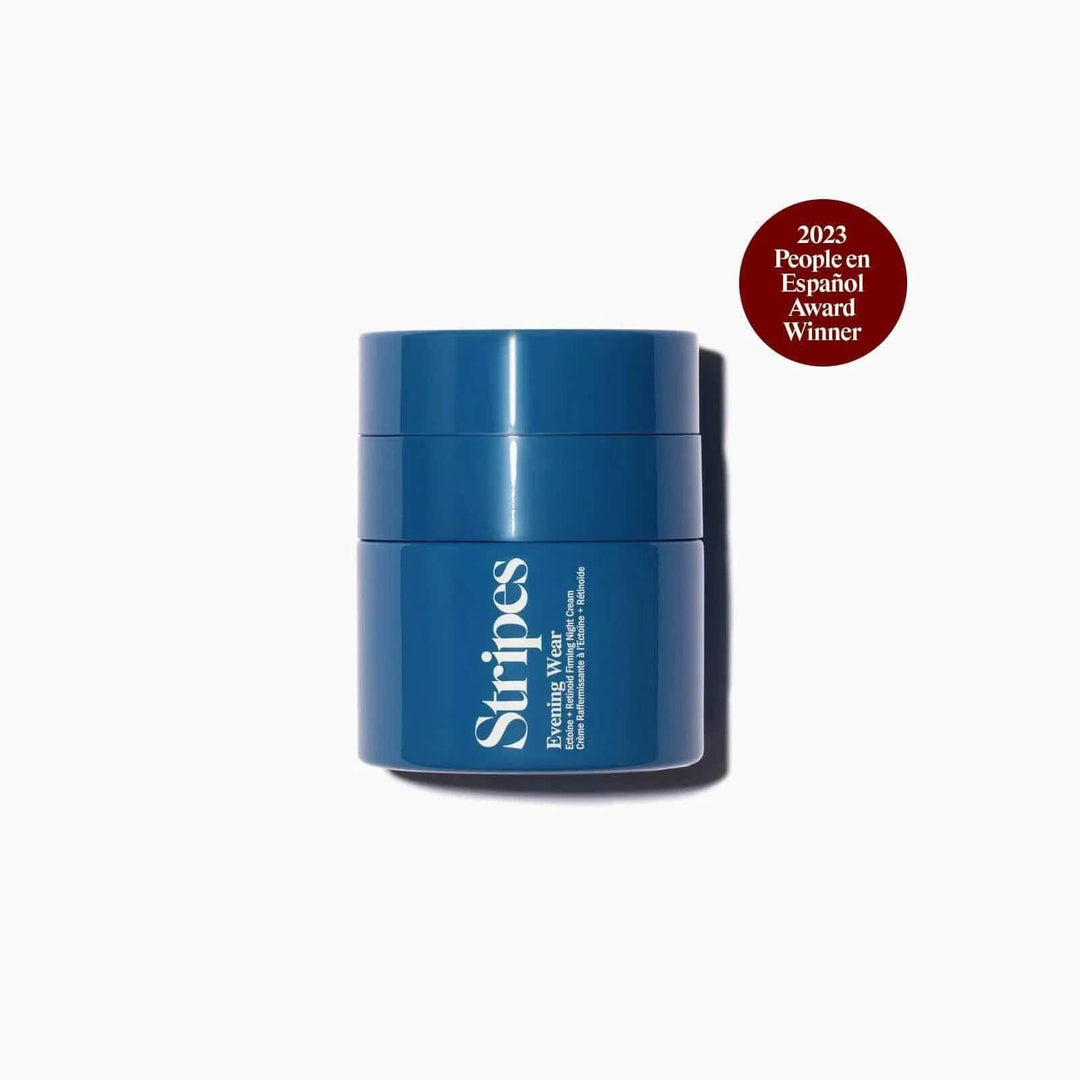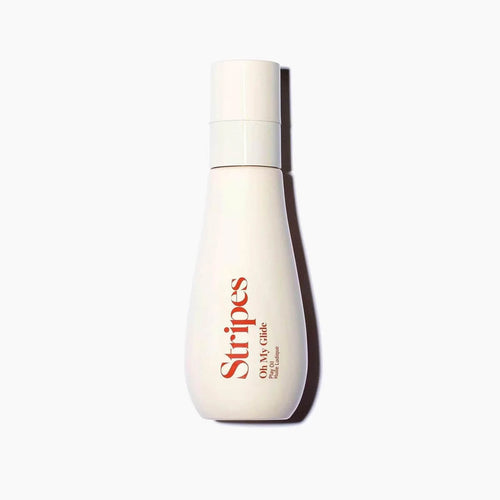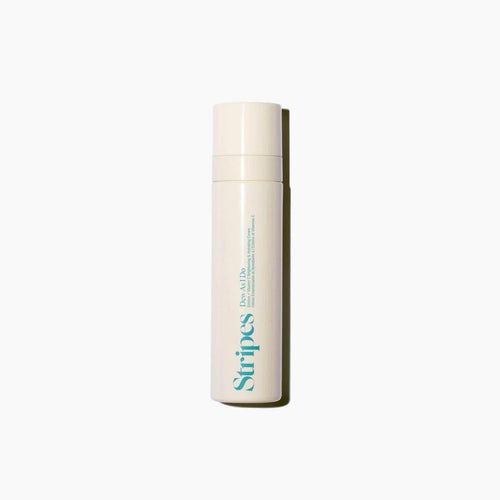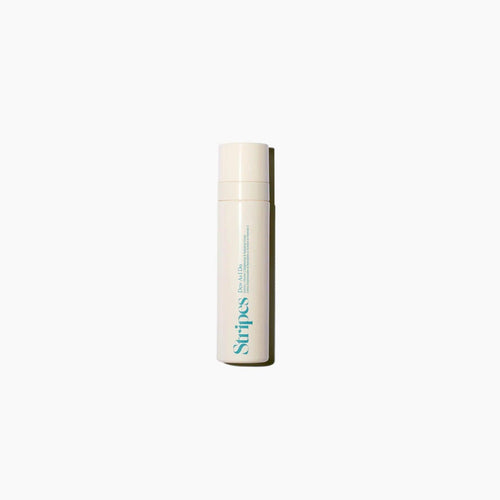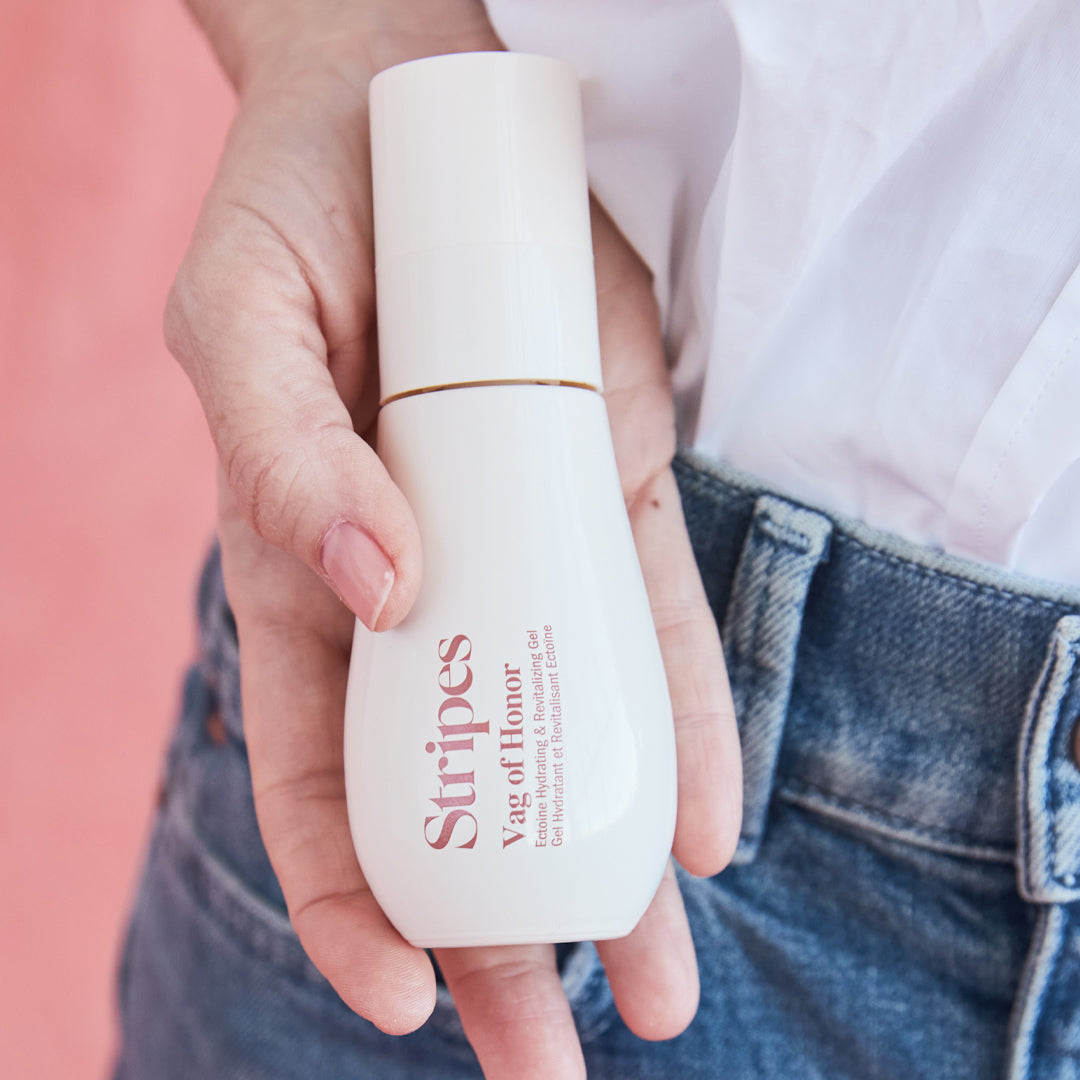What is Fezolinetant, the New FDA Approved Drug for Hot Flashes?
If you’re among the 80% of women in menopause who experience hot flashes, in a few weeks, you’ll have access to the first new prescription treatment for it in decades: a non-hormonal medication called Veozah (also known as fezolinetant), which was approved by the FDA on May 12, 2023.
The pill was found in trials to significantly reduce the number and intensity of hot flashes among women who took it daily — more than 50% in many women. And it worked equally well for Black women and white women —a notable fact, since much menopause care research leaves out Black women. Though it has not yet been established if this medication is as effective as hormone therapy (HRT) in reducing hot flashes, it represents a much-needed new option in the upsettingly small field of proven, effective treatments.
But an extremely high price point and questions about whether insurance will cover it may keep it from being the easily accessible product that it should be.
How it works
Veozah is what is known as a neurokinin 3 antagonist, which means it targets the KNDy neurons. KNDy neurons, which regulate body temperature, are closely linked to estrogen; during menopause, as estrogen drops, the neurons sometimes misread body temperature, perceiving it as hotter than it is, triggering sweating and other physical processes designed to cool the body — a.k.a. the fun times you have come to know as hot flashes and night sweats. Veozah prevents these neurons from overreacting (and soaking you in sweat).
A 12 week-long trial of over 3000 women between 40 and 65 years old in the US, Canada, and Europe, showed a significant decrease of severity in symptoms was found after one month of use of the daily pill. Some people found a decrease in symptoms beginning after one week of taking Veozah.
Who is it right for?
The medication is non-hormonal, making it one of only two non-hormonal hot flash treatments currently on the market — the other is antidepressant paroxetine, which was found to reduce hot flash frequency in some women. Though Veozah’s effectiveness in reducing hot flashes compared to hormone therapy when it comes to hot flash reduction is not yet known, it has been found to be more effective than paroxetine, making it a potentially good option for women who cannot or don’t wish to use hormone therapy.
Users will have to get bloodwork analyzed every three months for the first nine months of use.
Who is it not right for?
Thus far, the primary side effect found has been elevated liver enzymes. Those with liver damage should avoid the drug. Women with kidney disease or kidney failure should also steer clear. All users will need bloodwork analyzed every three months for the first nine months of use to check for liver damage or other issues.
Other reported side effects from the trial are insomnia, back pain, diarrhea, abdominal pain, and (ironically) hot flush.
What we still don’t know about Veozah
Researchers still have not dug into less quantifiable possible side effects of the medication, like its effect on mood or sex drive, or its long-term impact on weight, bone density, or heart health. We also still don’t know if it will have any additional positive side effects.
We also don’t know if the drug will be covered by insurance companies. Retailing at a shocking $550 a month without insurance, the cost of the medication — over $6000 per year — would be out of reach for many.
Key takeaways
Veozah shows promise as a new non-hormonal treatment for preventing hot flashes. While it’s exciting to see progress being made, there are still a troubling lack of drugs and interventions for debilitating menopause symptoms.
There’s still a lot to learn about Veozah and other ways it can help. The price tag is high but there’s hope among menopause advocates that the price will come down and the drug will become more accessible.

